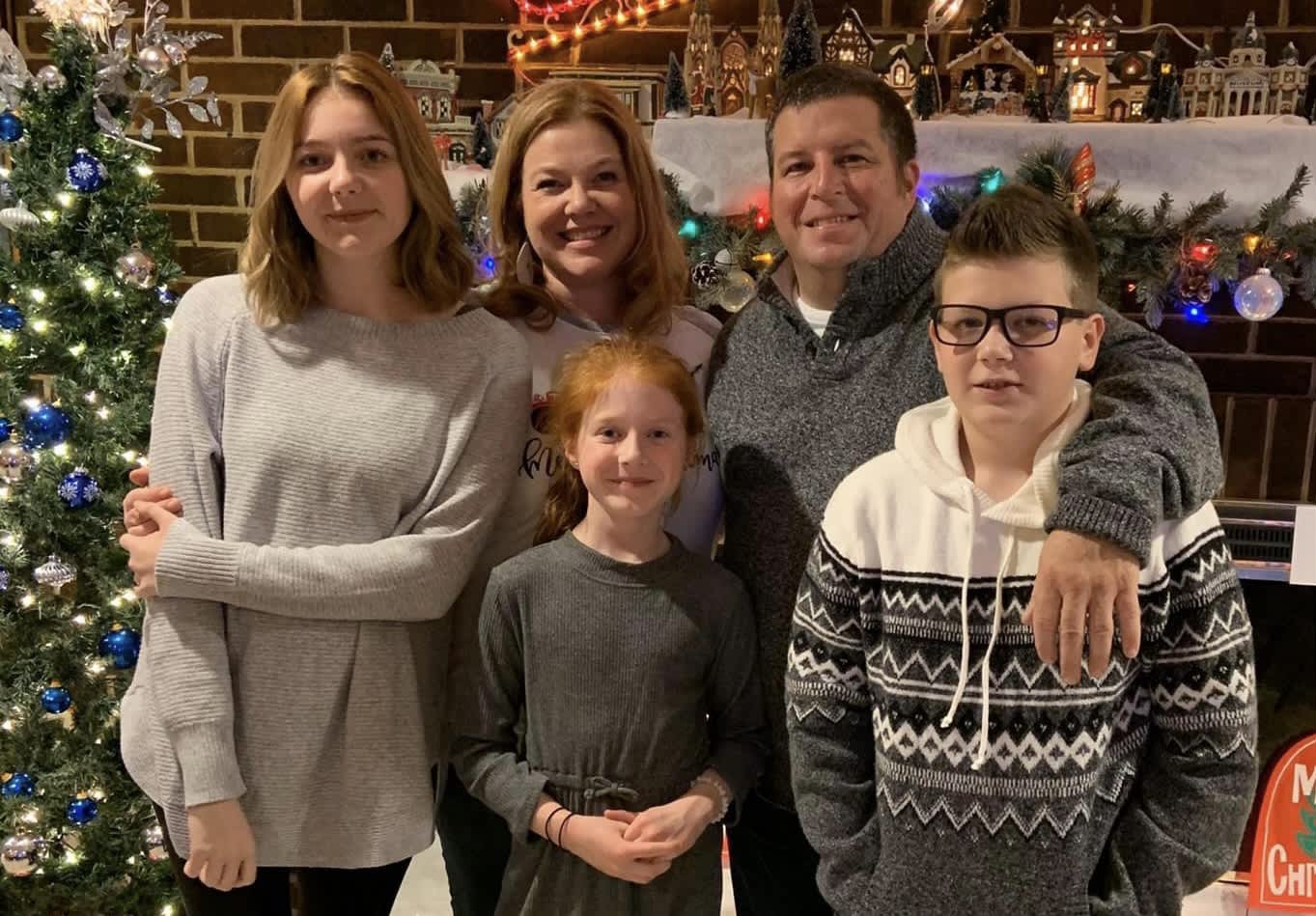Products You May Like
It’s been almost two years since most borrowers have had to pay their monthly student loan bill.
And yet, 93% of them are not prepared to resume payments on May 1, according to a survey of more than 23,000 student loan borrowers by the Student Debt Crisis Center.
“The payment pause has meant everything,” said Allison Newmes, 44. “There are no words.”
Newmes, a mother of three in Youngsville, North Carolina, has a federal loan balance of roughly $46,000 and monthly payments over $600.
Her husband, Ernest, works as a mechanical engineer but his heart condition left the couple with substantial medical debt, Newmes said. They’ve cashed in their 401(k) retirement accounts to make ends meet and now the couple has no financial safety net.
“I don’t know how we are going to do it,” she said of the upcoming student loan payments.
“It’s like we’re falling through the cracks.”
More from Personal Finance:
How to prepare for student loan payments to restart
Education Department forgives $415 million in student debt
Is college really worth it?
Once payments restart, the amount due will be largely the same, since interest on most federal student loans was suspended during the government’s payment pause.
However, the cost of living has dramatically changed.
According to the most recent government data, the Consumer Price Index, which measures the costs of consumer goods, is up 7.5% — the fastest annual pace in about four decades.
Even as wages rise, inflation has eroded pay by 1.7% over the past year.
Since her husband is disabled and unable to work, Laura Estrada, 56, now has two jobs to cover their costs.
Estrada and her husband live in Wichita Falls, Texas, where rents are on the rise. The couple has a monthly rent payment of $1,350. “In this area, that’s actually pretty cheap,” she said.
But with a degree in English and Master’s in criminal justice, she also has $155,000 in outstanding student loans and they struggle to stay afloat, she said.
“The payment pause has been a blessing, we have been able to afford groceries, just the simple, little things,” Estrada said.
Once her loan payments pick back up, “it looks like I might be looking at a third job,” she added.
Among fully employed borrowers, 92% said they are concerned about being able to afford their payments due to rising prices, the Student Debt Crisis Center found.
The ongoing pandemic combined with unprecedented inflation are huge obstacles for borrowers.Natalia Abramspresident and founder of the Student Debt Crisis Center
“The ongoing pandemic combined with unprecedented inflation are huge obstacles for borrowers who are, by and large, not ready to resume payments, struggling to afford basic needs, and confused about their options moving forward,” said Natalia Abrams, the president and founder of the Student Debt Crisis Center.
For some, it may make sense to enroll in an income-driven repayment plan, she said.
These programs aim to make borrowers’ payments more affordable by capping their monthly bills at a percentage of their discretionary income and forgiving any of their remaining debt after 20 years or 25 years.
Alternatively, you may be able to request a deferment, which lets you put your loan on hold for up to three years, or a forbearance, which lets you temporarily suspend payments for up to one year. However, in this case, interest will still accrue.
Subscribe to CNBC on YouTube.
